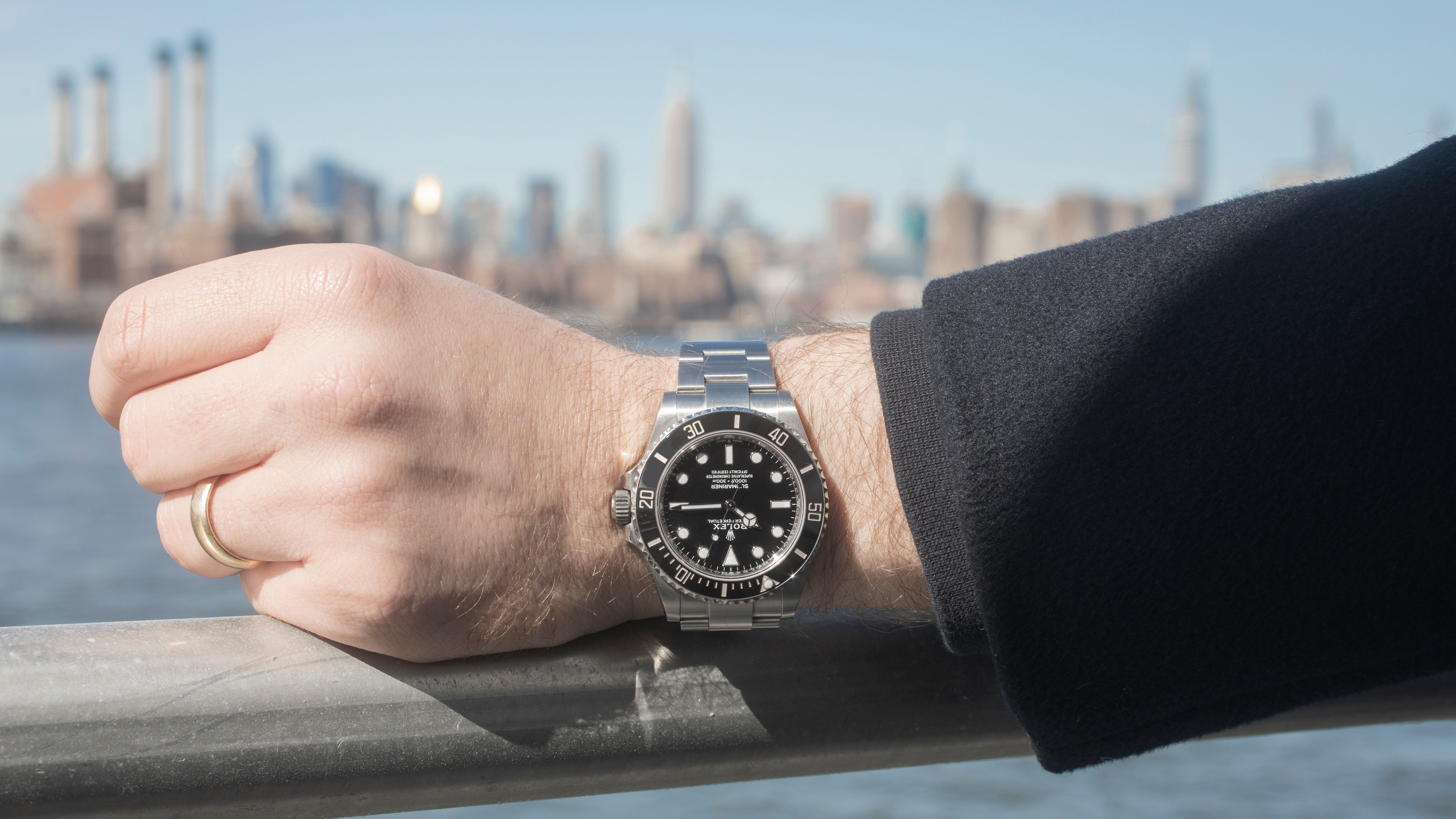

The XF4U-1 first went aloft on and five months later flew Powerful engine with the smallest, cleanest possible airframe.į4U's (Corsairs) returning from a combat mission over North Korea circle the USS Boxer as they wait for planes in the next strike to be launched from her flight deck. Two panels then closed over the gear making a perfectly smooth fairing.

The swivel gear was a Boeing development that was also used in the Vought engineersĭesigned the Corsairs wheels to swivel 90º and retract straight back toįit flat inside the bottom of the wing. Other craft had retracting gear, but there wasĪlways some bulge or part of the wheel exposed. Landing gear which retracted flush into the bottom of the wing, though Voughtĭesigned the fuselage with a circular cross-section which fit snugly Were located in slots in the inboard leading edges of the wings.

The intake for the turbo-supercharger, intercooler and the oil cooler In order to make the Corsair as aerodynamicallyĬlean as possible, there was nothing protruding into the air stream. Technique developed jointly by Vought and the Naval Aircraft FactoryĬalled "spot-welding".

It was a very "slick" looking plane using flush riveting and a new The aerodynamics of the intersection where the wing attaches to the And, as a byproduct, the wing also improved This "bent wing"ĭesign allowed the huge prop to clear the deck while providing for a So, Vought engineers came up with the distinctive inverted gull-wingĭesign which forever characterized the F4U Corsair. Wouldn’t be enough room in the wing to properly stow a longer gear.Īnd, if the prop were shortened, much of the horsepower of the Of a carrier deck landing, a short, stout leg was required. Since the landing gear had to be very strong to withstand the pounding It seemedĮither the main landing gear had to be lengthened, or the prop had to be Standard Hydromatic, 3 blade prop which measured 13 feet 4 inches (4.06Īnd that created a problem of deck clearance for the prop. That kind of horsepower efficiently into thrust was with a huge Hamilton With the awesome 2,804 cubic inch (46 liter)Īir-cooled radial engine developing 1,850 hp (1,380.6 kW), the only way to convert In the design number being changed to Vought Design #V-166-B. Powerful engine in the world in 1940, exceeding 100 hp (74.6 kW) perĬylinder for each of its 18 cylinders. Version of the Pratt-Whitney Double Wasp, with a two-stage superchargerįor the prototype XF4U-1 Corsair. Quest for speed resulted in a switch to the experimental TheseĮngineers submitted their work to Beisel who then integrated it all intoĪir-cooled radial engine because of it’s long history of reliability, and the The impossibleĪn elite team was selected for the development of Vought Design #V-166 įrank Albright as project engineer Paul Baker as aerodynamics engineer Lived by the old motto "The difficult we do immediately. McCarthy, who was Vought’s General Manager, called in theĬompany’s chief engineer, Rex Beisel. Navy might have pushed technology to the point of giving it a hernia.Ĭ. (parent company of Vought-Sikorsky) on February 1, 1938, it seemed the Performance, carrier based fighter to United Aircraft Corporation When "BuAer" sent its proposal for a high This stimulated the manufacturers ability to respond with new technology Proposals for aircraft which pushed the limits of available technology. The US Navy Bureau of Aeronautics had a long tradition of issuing Outclimb and (if need be) outrun any prop driven enemy. Parts came one of WWII’s greatest fighter planes. But from all these outsized and mismatched This warbird was assembled from parts that didn’t match or it has met Propeller and "bent" wings might leave you with the feeling that either If you’ve never seen a Corsair before, your first glance at the outsized (Image used with permission from Dare to Move.) The Corsair's distinctive sound, which earned it among the Japanese the nick-name of "Whistling Death", partly because of the engine sound, that was caused by the wing-root inlets for engine air.


 0 kommentar(er)
0 kommentar(er)
